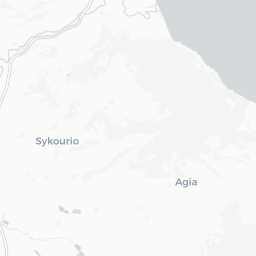






Rakhmani Excavation 1910
Excavation: Research excavation
Immediately following the excavations at Tsangli, members of the British School at Athens began excavation at the mound of Rachmani located further north in Thessaly. The mound was about 12 metres long and 95 wide, and the deposit 8 metres thick. After a careful observation of the stratification shown by the shafts sunk into the mound and a comparison of it with the results from Tsangli and other sites, make it possible to divide the prehistoric remains of Thessaly into four periods: I. Neolithic, marked by the occurrence of red-on-white painted pottery; II. Neolithic, marked by the presence of Dimini and kindred wares; III. Sub- Neolithic. In this period falls the remarkable encrusted ware, but while stone tools are common, no trace of bronze has yet been found in deposits of this period. IV. Chalcolithic. In this period the pottery is unpainted, and the latter part of it is contemporaneous apparently with late Minoan II and III, for to it belong the tombs of Sesklo, Dimini, and Zerelia, and the L. M. III, and Minyan ware found at these and other sites. Two houses were found, one belonging to the period III Sub-Neolithic (House Q) and IV Chalcolithic (House P) with a few earlier walls detected. Outside of House Q, one tomb with two skeletons was excavated that contained a LMIII vase.
Active from 14/04/1910 to 27/04/1910.
Thompson, Mr Maurice S. O.B.E.
Wace, Mr Alan John Bayard
Wace, Alan J. & Thompson, Maurice S. 1912. Prehistoric Thessaly, being some account of recent excavations and explorations in north-eastern Greece from Lake Kopais to the borders of Macedonia. 272.

